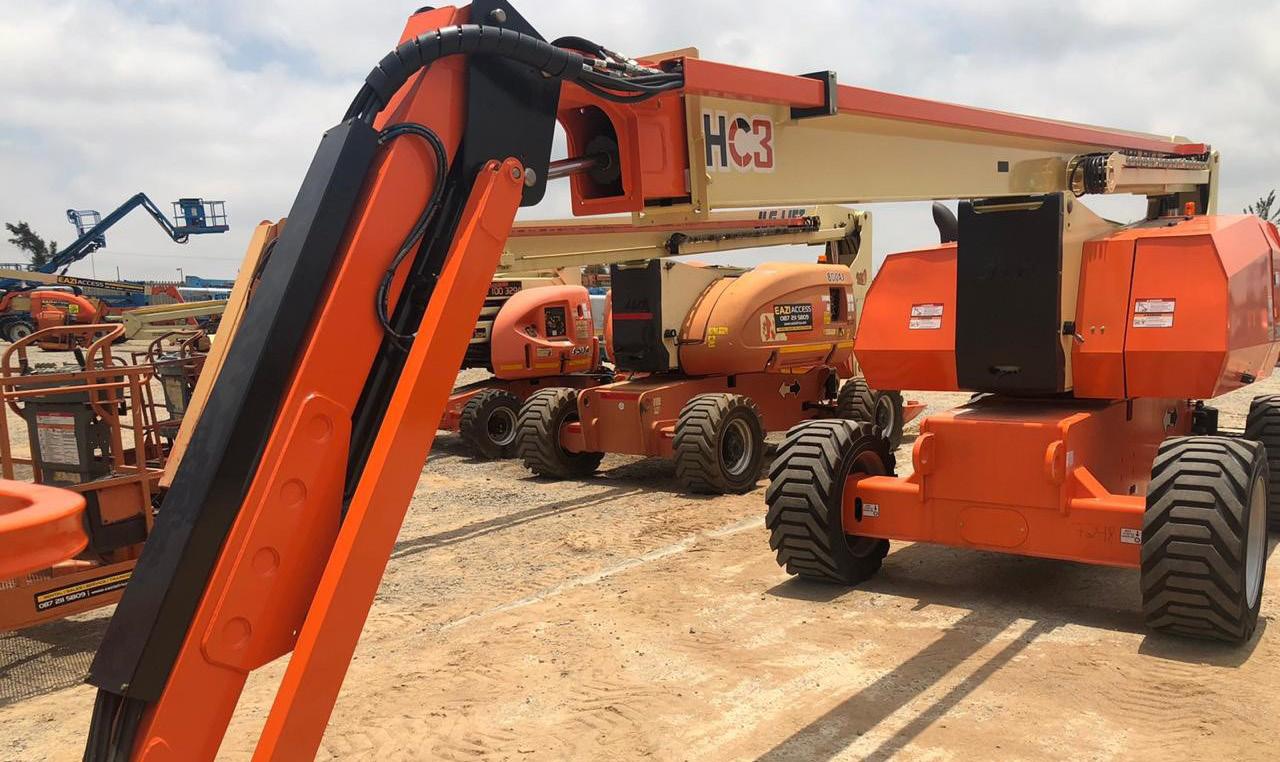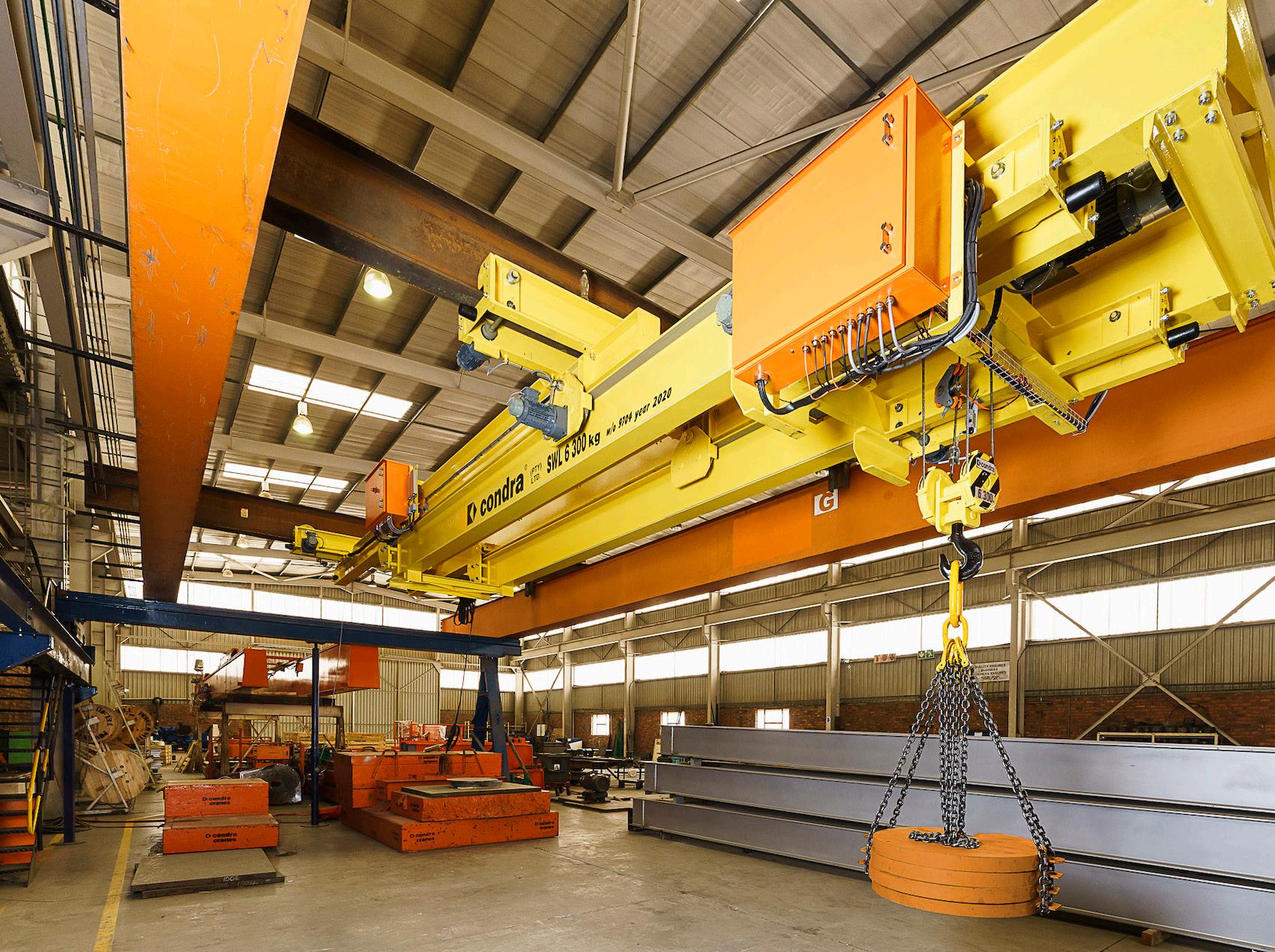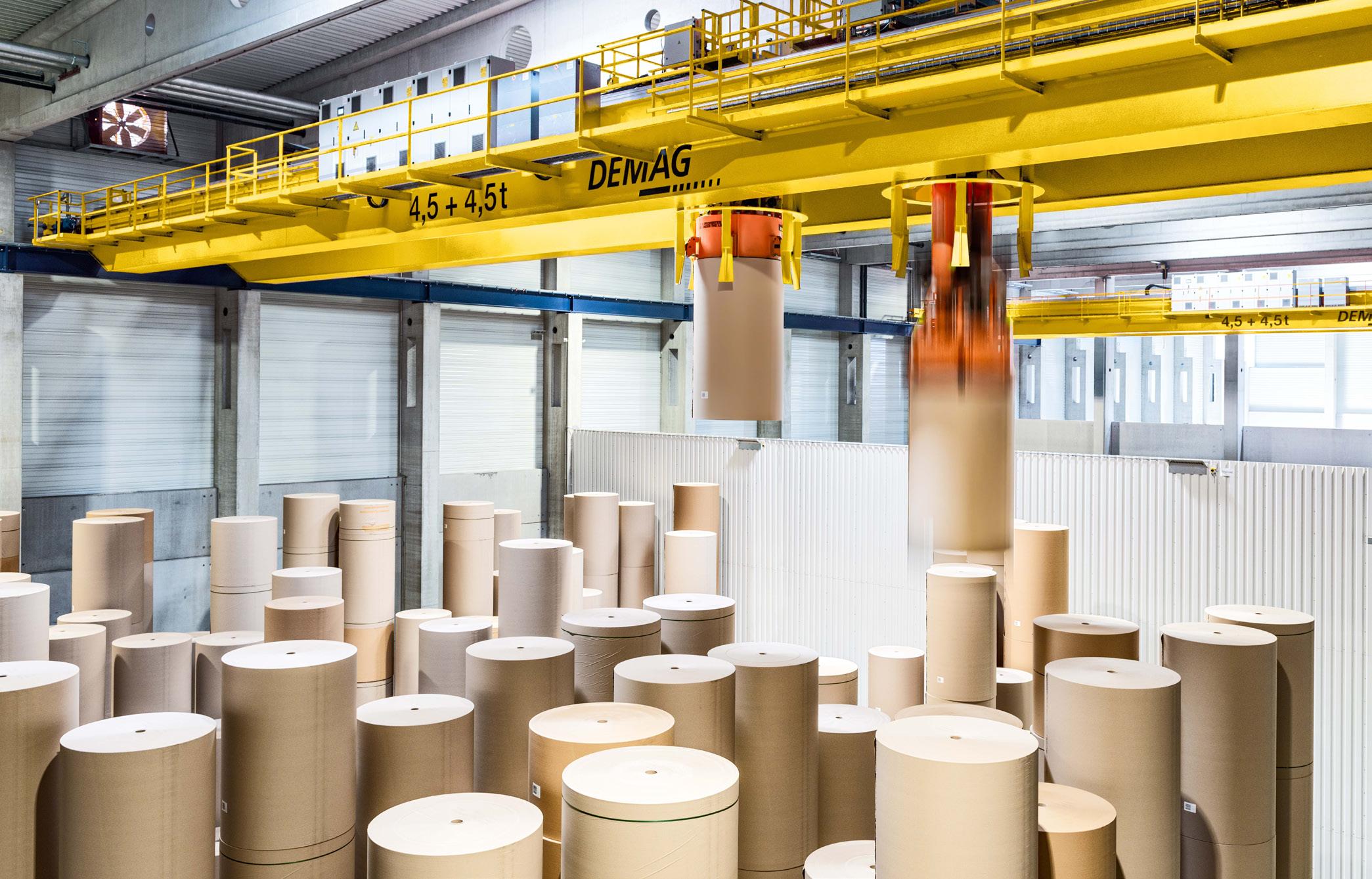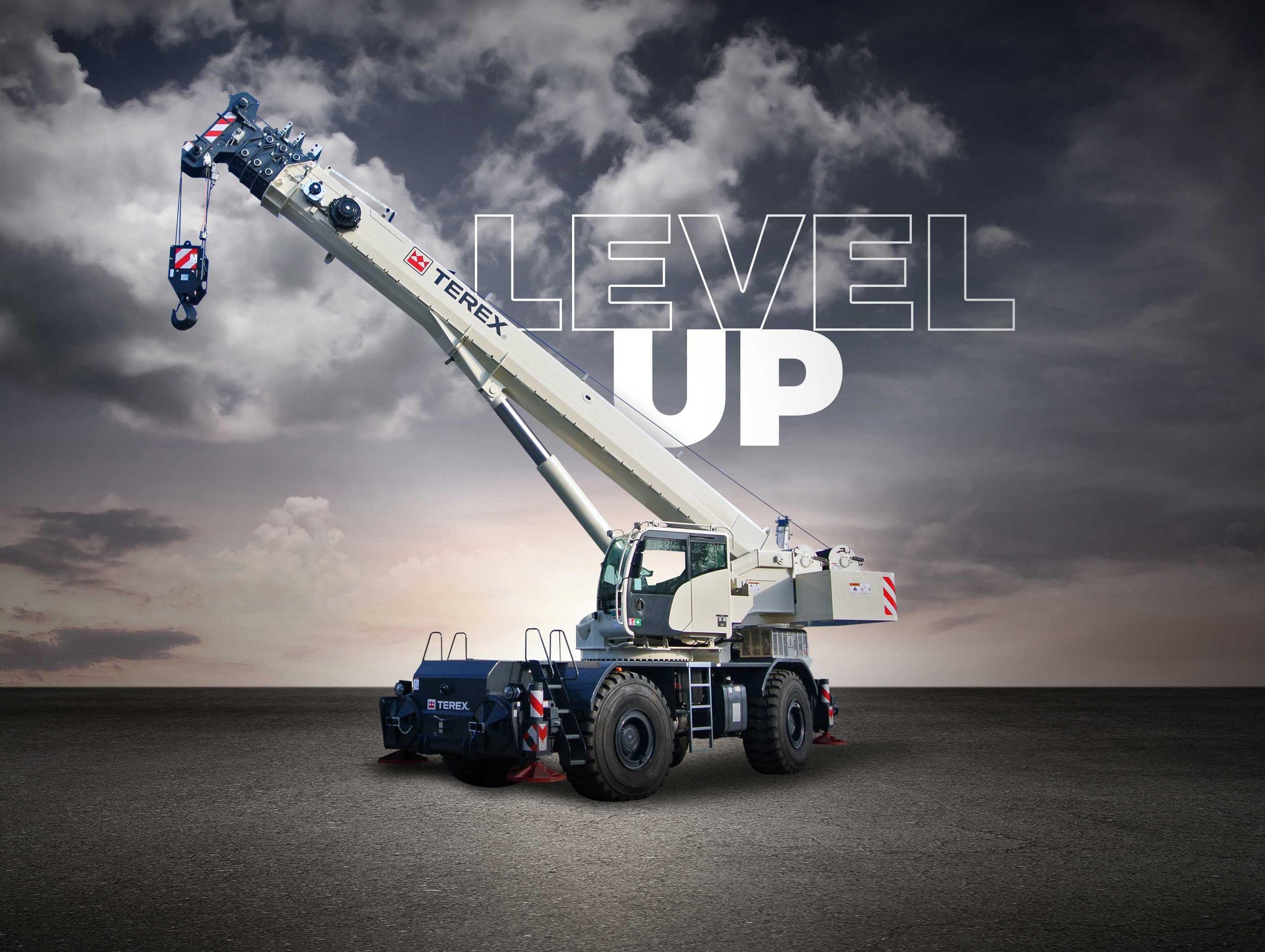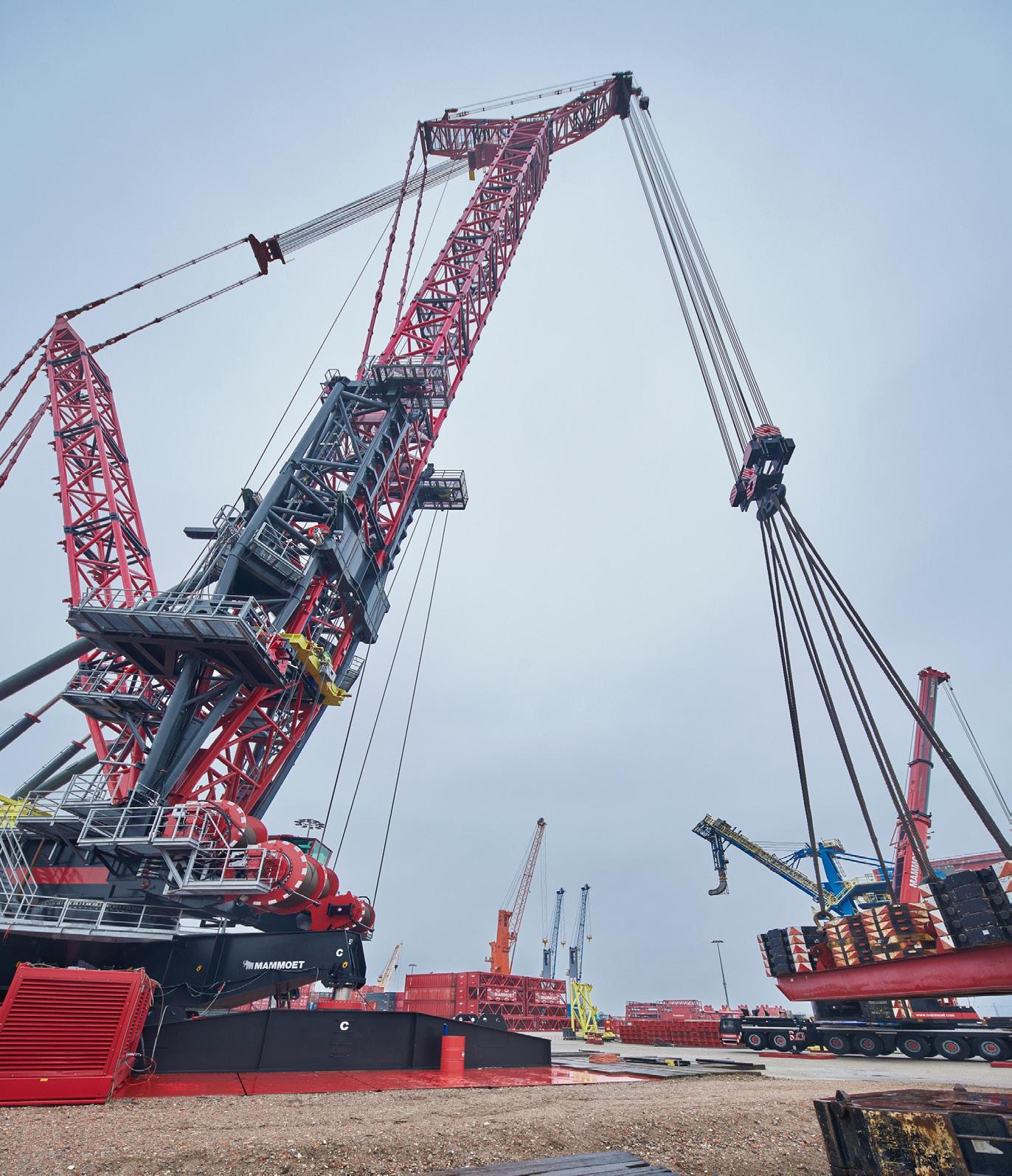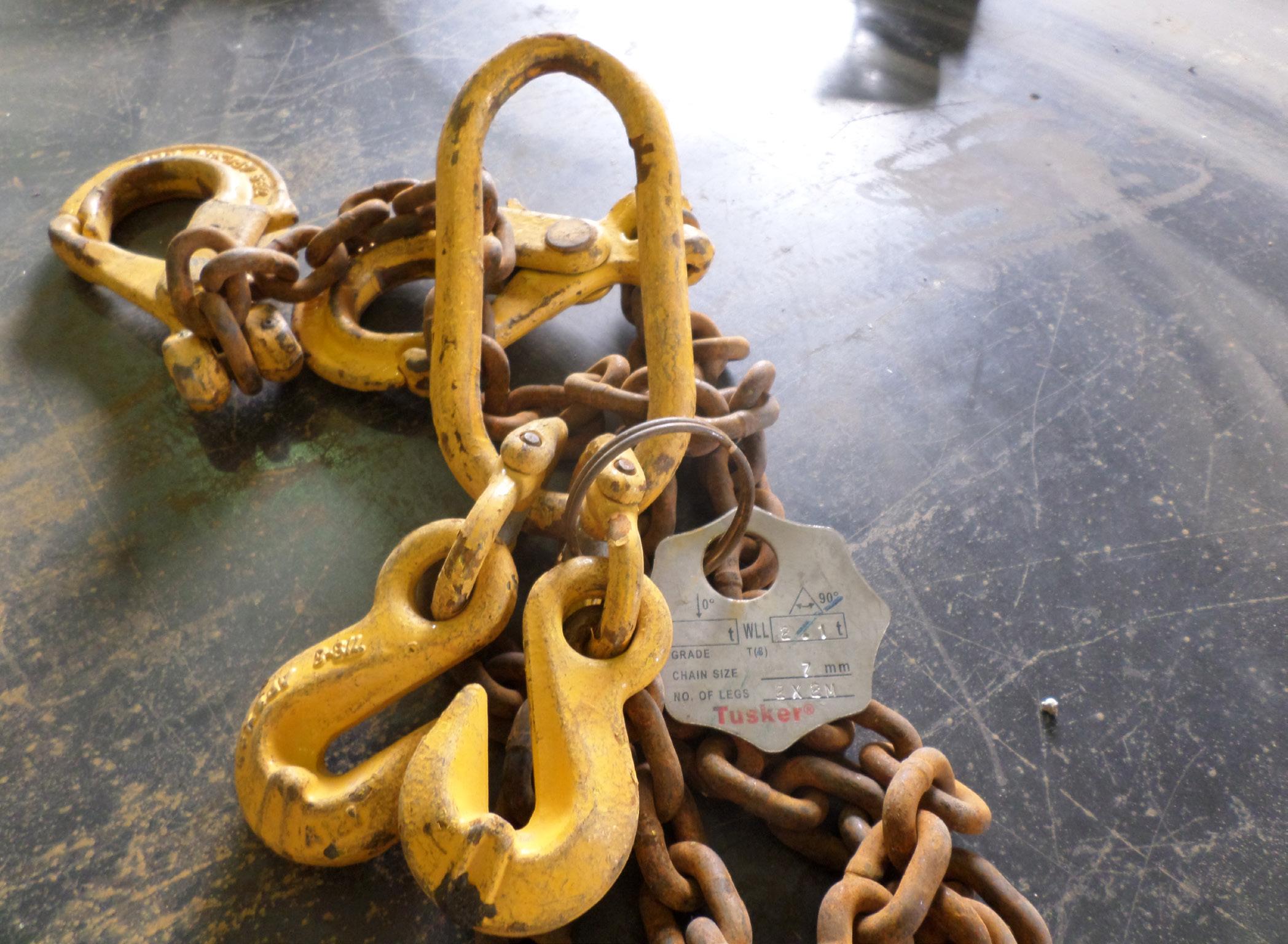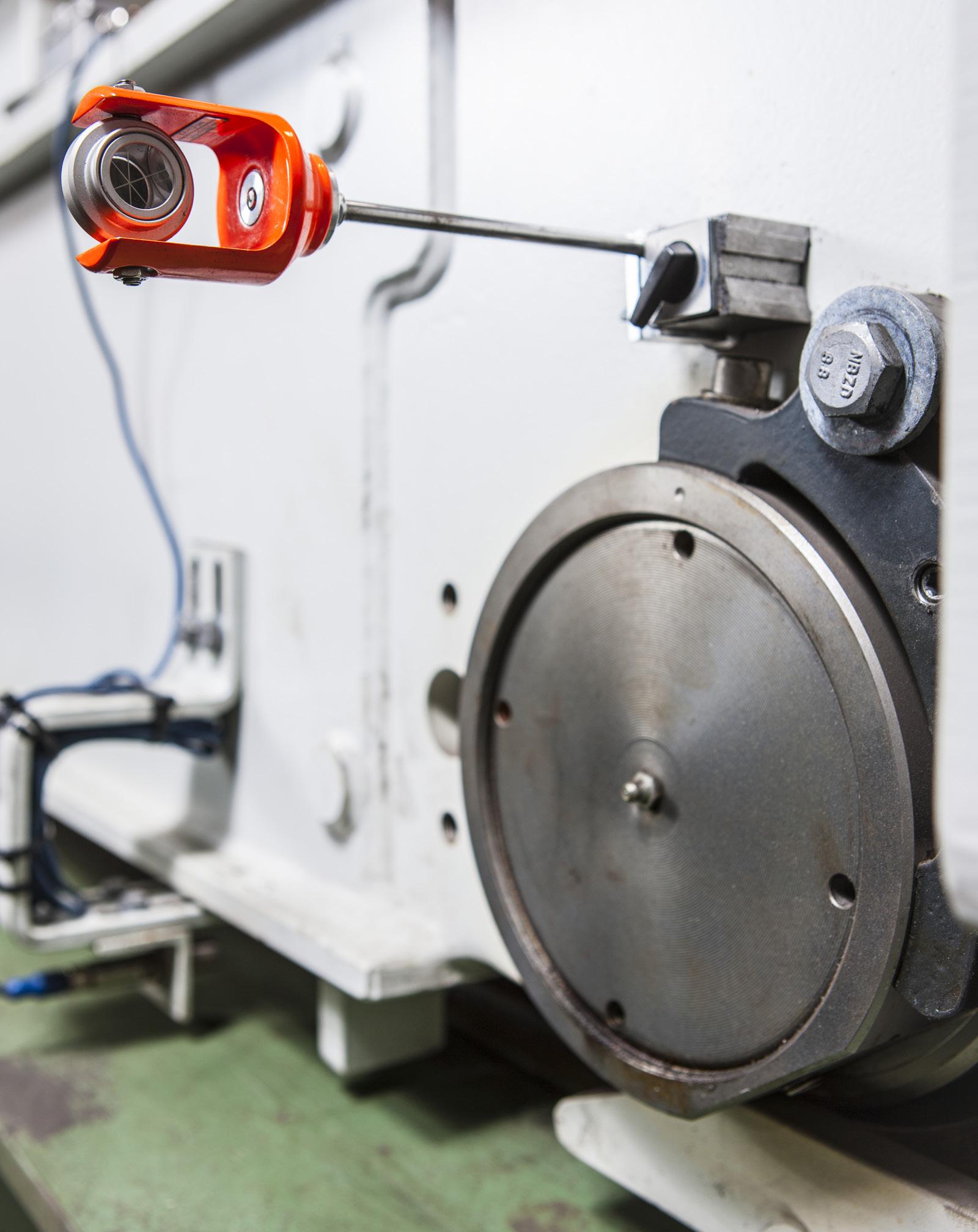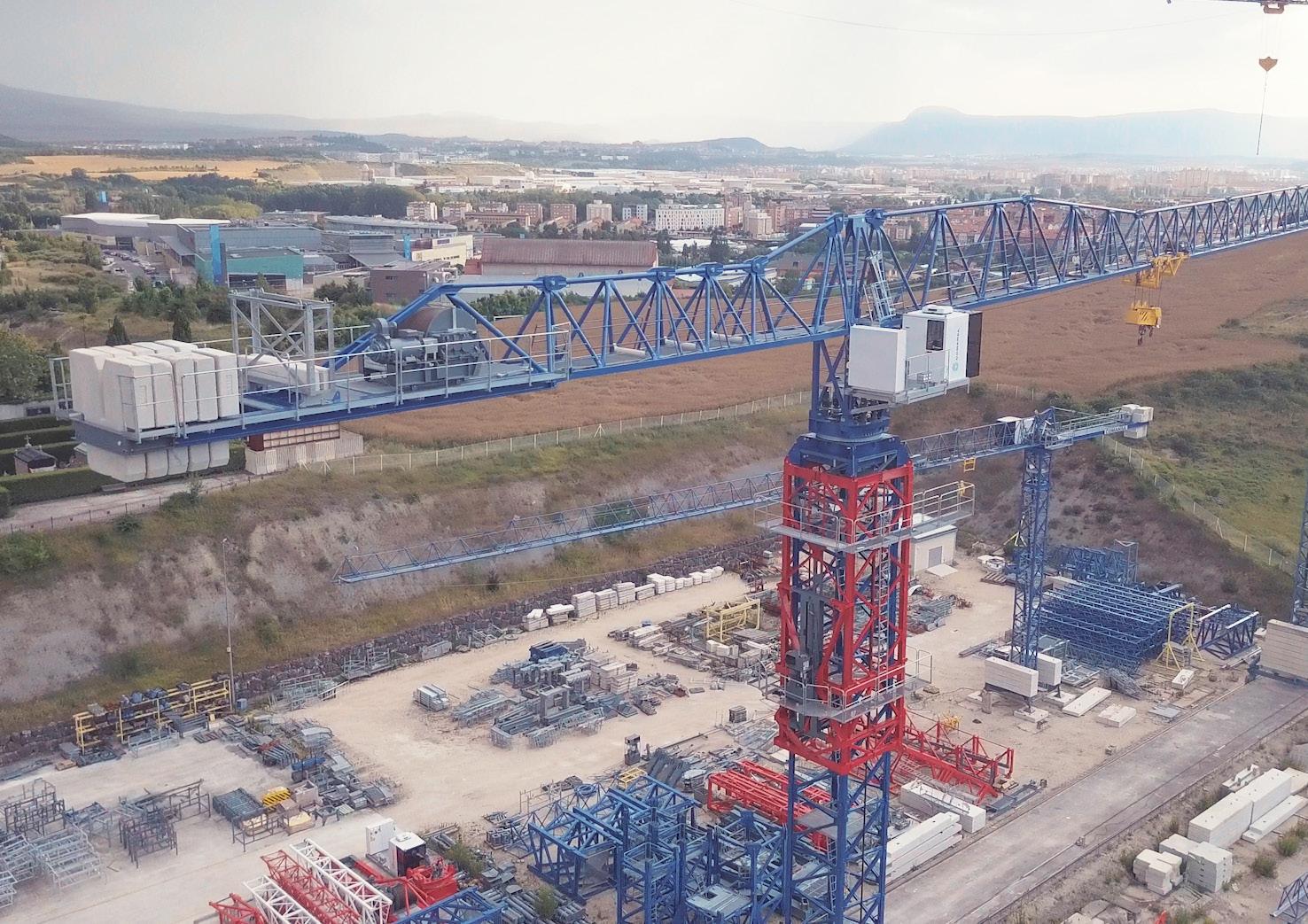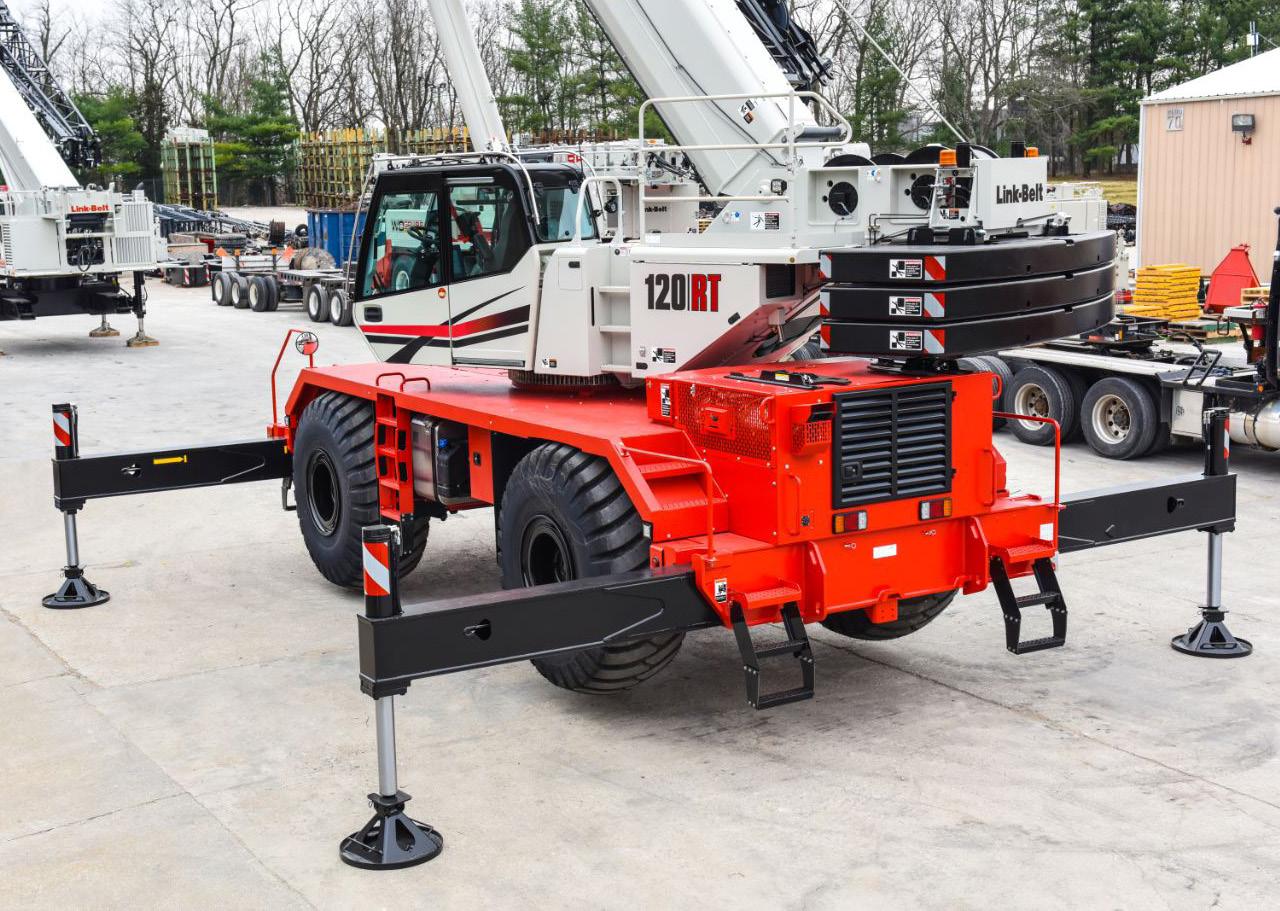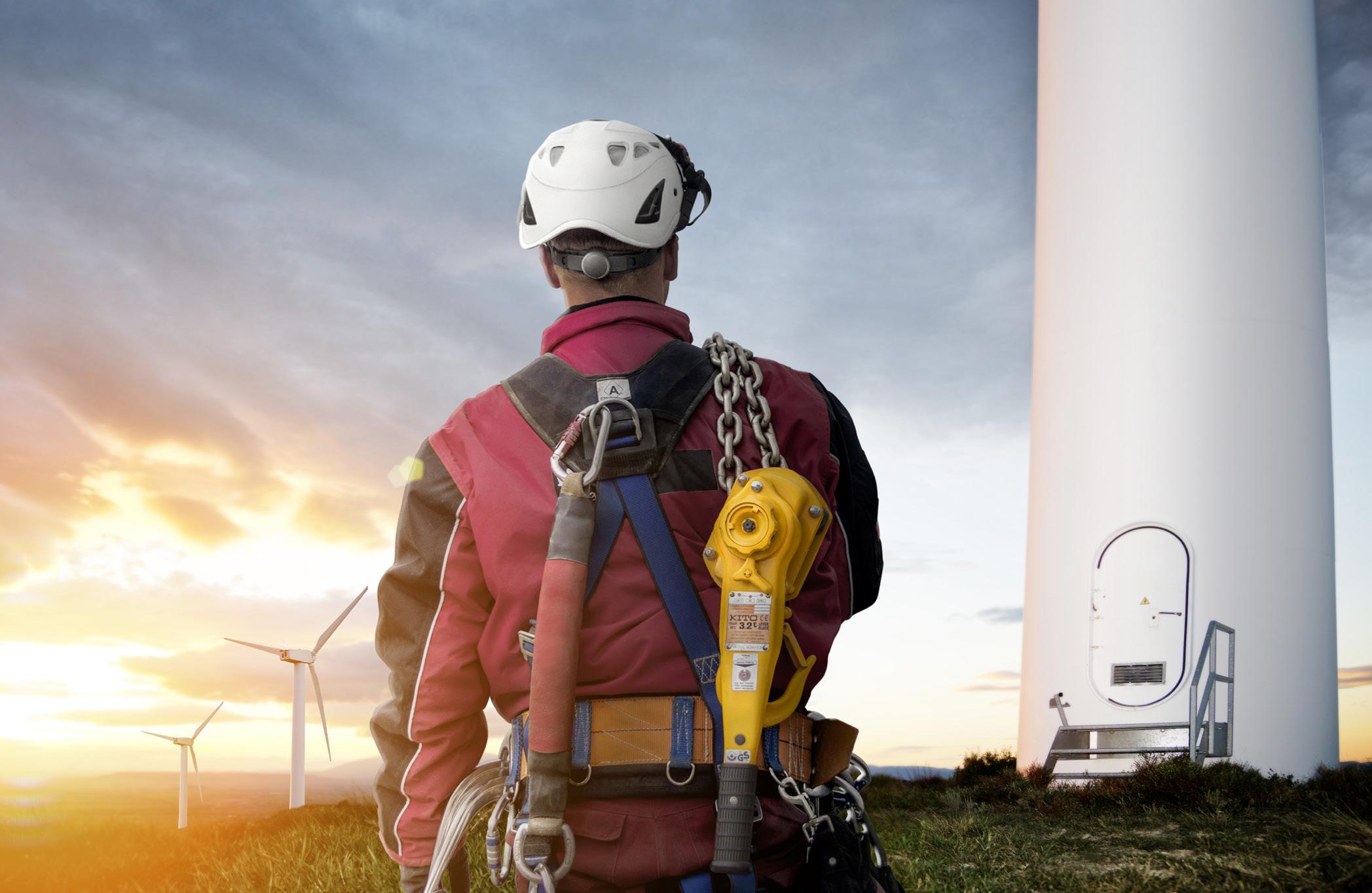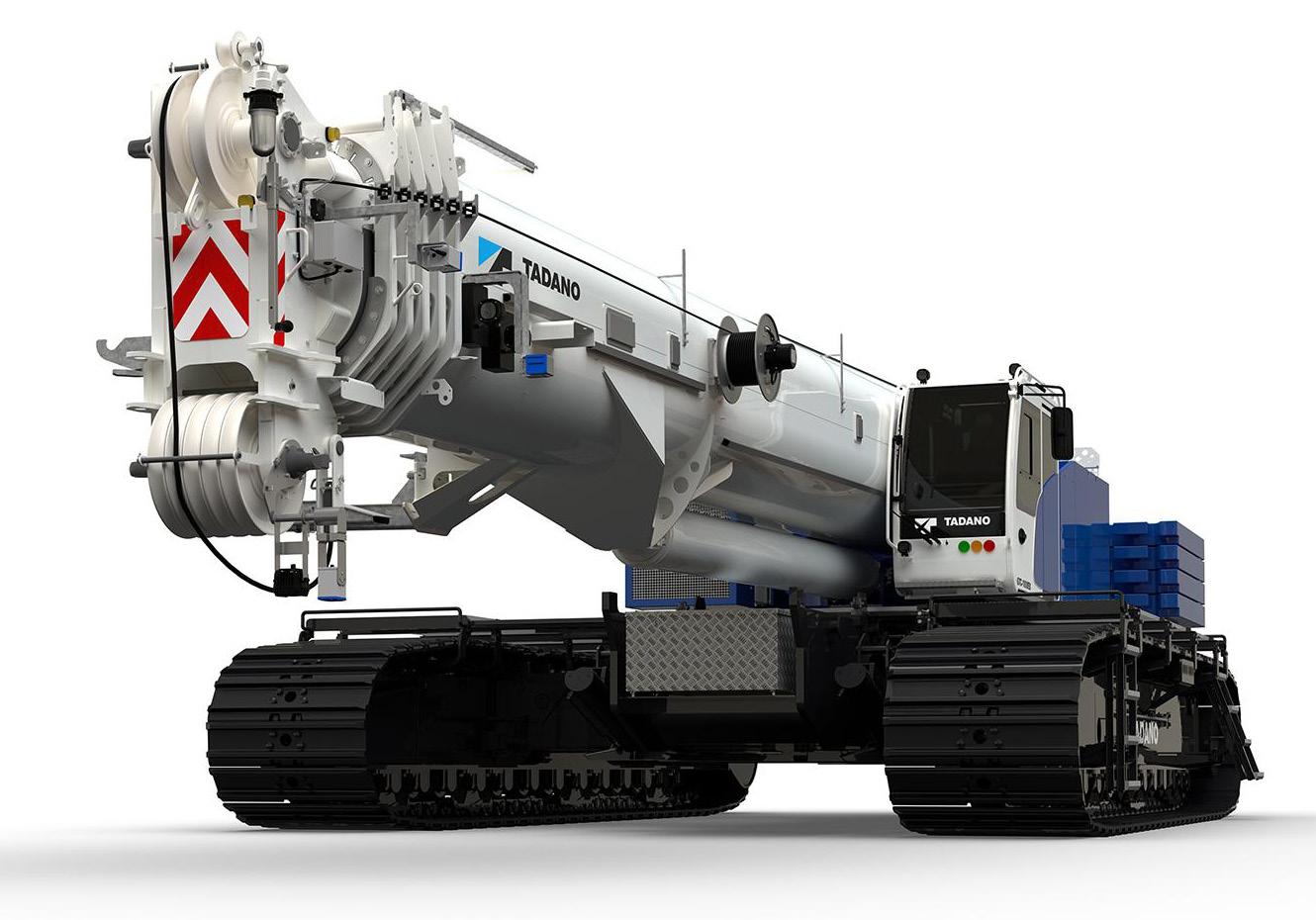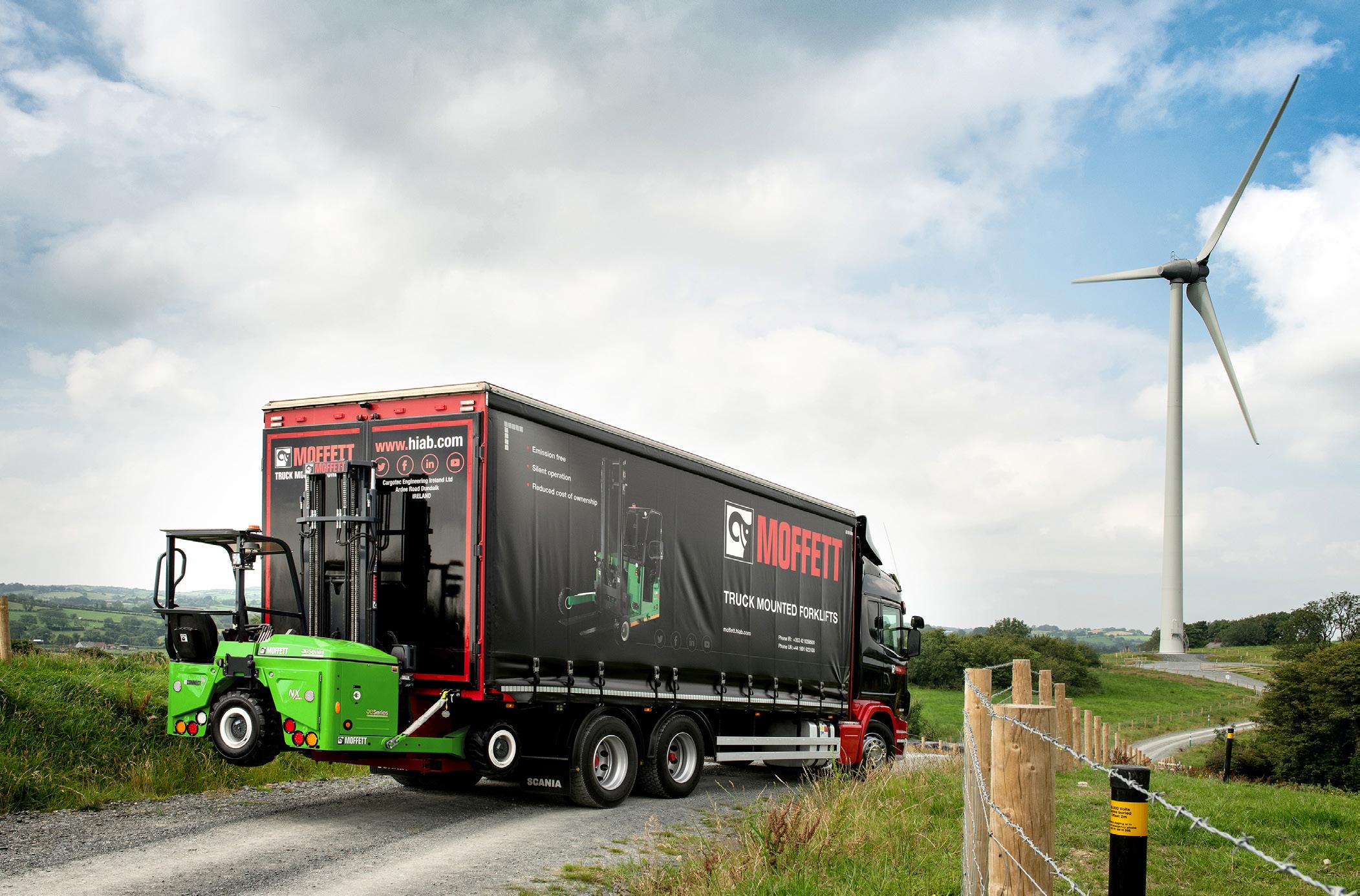OVERHEAD CRANES
2020 was a difficult year for companies
Particularly by many in South African engineering manufacturing. But some companies came through it strongly. One of these was Condra, which reported steady sales of overhead cranes, hoists, end-carriages and other components throughout the year into central Africa, South America, North America and Europe. As 2020 kicked off, the company delivered its first fully automated crane to Lonmin’s Marikana mine. The complete automation of this 16-ton, 16 metre-span doublegirder electric overhead travelling grabbing crane represented a significant technological step forward for Condra, which now offers automation across its product range as an alternative to the traditional pendant and remote control. The automated Marikana crane features remotely programmable variable speed drives fitted throughout, delivering maximum speeds of 10 metres per minute on the lift, and 20 and 40 metres per minute on the cross-travel and longtravel respectively. Pre-programmable control of the 38
Lifting Africa - Jan/Feb 2021
four long-travel motors enables precise crane positioning accurate to within 5 millimetres.
resulting from increased speeds, lower weights and lower electricity consumption.
The Marikana crane delivered, intermittent refurbishment work materialised as a result of customers wanting immediate cost savings over buying new and needing production to continue with an as-new machine already familiar to operators without the need for retraining.
Modern hoists are as much as 50% lighter than they were 30 years ago, and the consequent reduction in crane weight reduces the rate of wear on the overall factory structure.
Besides its machines, Condra refurbished competitors’ cranes and a small number of overhead units originally made by companies now closed. All quotes for refurbishment included the option of a technical upgrade. Despite the advantages offered by refurbishment, orders for new cranes remained significantly high. Although prices are higher than refurbished equivalents, new cranes promise lower operating costs, reduced projected overall lifetime costs and more efficient operation
In April, Condra began manufacture of a technically complex maintenance crane for a dragline excavator house, where working space is severely constrained by dragline motors, gearboxes and large hydraulic cylinders. Overcoming these restrictions, the crane’s 12,5-ton hoist was designed as a beam changing machine with an interlock to prevent the hoist from leaving it unless the crane is securely connected to the selected beam. An anti-derailment limit switch prevents hoist movement until beams are locked together. The result of this arrangement is that the hoist can physically


